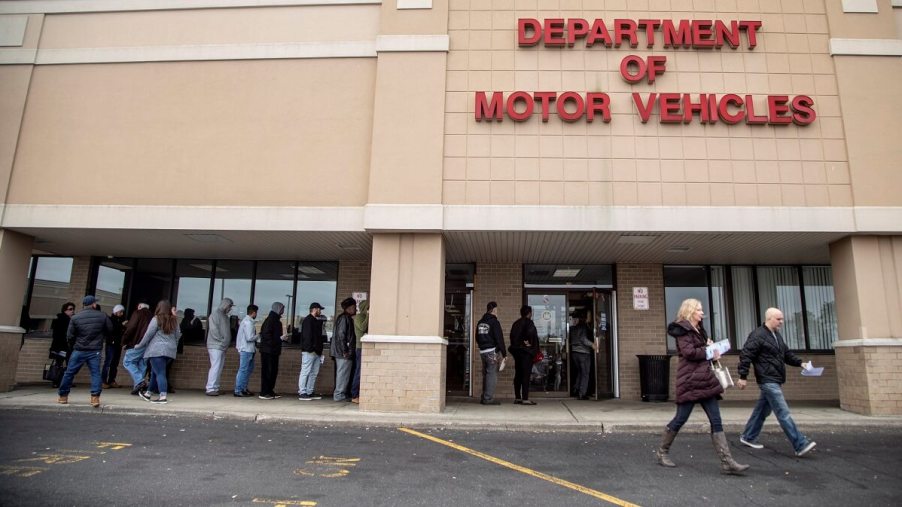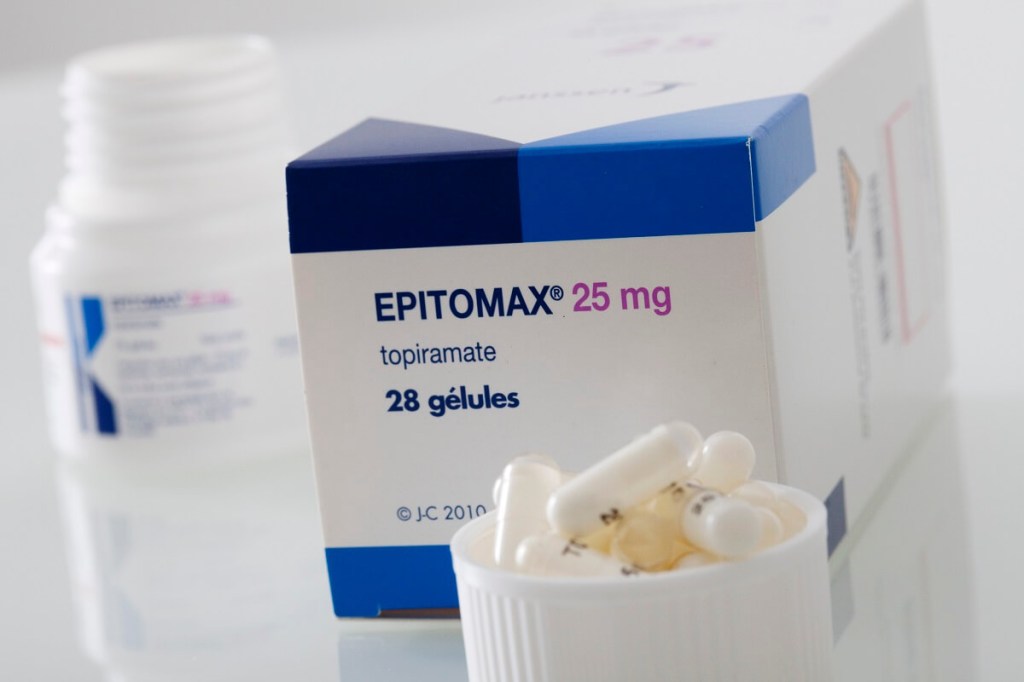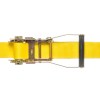
Can You Still Drive If You Have Seizures?
Safety on our roads is a constant battle, whether through regulation, engineering new vehicles, or tightening safety standards. However, for many Americans, it’s ailments like epilepsy or monocular vision that keep them from hitting the road. So, can you still drive if you have seizures or any other LOC event?
Does having a seizure mean you can’t drive?
While having a seizure doesn’t explicitly disqualify you from having a license or driving, most states will require a period of time between your last seizure and getting back behind the wheel. For instance, California typically requires three to six months after an event.
Moreover, some states, like California, Nevada, and Oregon, require mandatory reporting following an epileptic event. In some cases, any loss of consciousness (LOC) disorder could result in probation, suspension, or, depending on severity, revocation of a driver’s license. Concerned drivers can use this tool from the Epilepsy Foundation to see driving information by state.
Can you drive after having just one seizure?
If you don’t have a diagnosis for an LOC disorder like epilepsy, license suspension or revocation is unlikely. However, drivers may be legally liable if they cause an accident while seizing and fail to notify their local DMV.
Furthermore, a seizure may indicate a more significant medical condition; any driver who experiences a solitary seizure on or off the road should consult their doctor.
Can you drive while taking anti-seizure medication?

Unfortunately, the most common antiepilepsy drugs (AEDs), not to be confused with an automated external defibrillator, carry side effects that could be dangerous while driving. AEDs could compromise a driver’s vision, memory, balance, reaction times, and attentiveness, per Neurology.com.
As a result, the safest course of action for any person taking AEDs is to avoid driving altogether.
What do you do if someone has a seizure while driving?
If you’re driving a car and your passenger seizes, remain calm. Pull over immediately, contact emergency services, and provide information to the dispatcher. The dispatcher may instruct you to protect the seizing passenger and keep their airway clear.
If you are in a car with a driver having a seizure, gain control of the vehicle as quickly as possible, pull over, use hazard lights, and contact emergency services.
What other health concerns could keep drivers off the road?
Any LOC disorder could result in probation, suspension, or revocation of a driver’s license. Moreover, any vision impairment that results in eyesight that doesn’t meet the state standards could disqualify you from driving.
Be sure to keep up with MotorBiscuit for the latest driving content covering everything from cars and trucks to boats!



